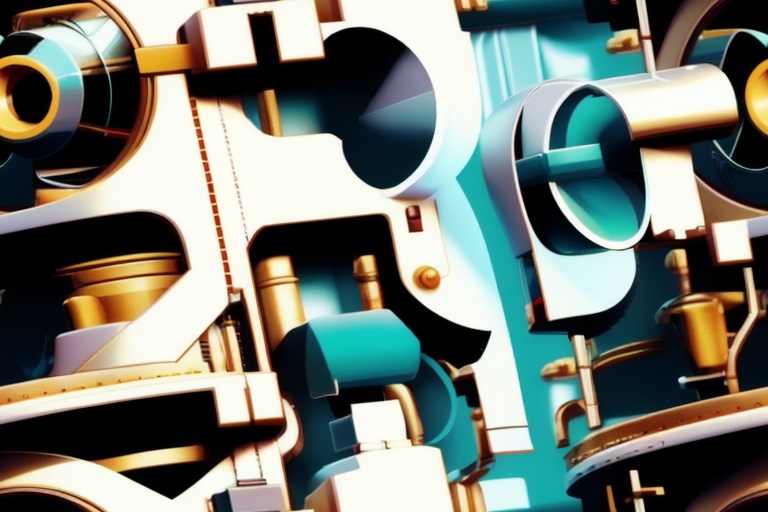Understanding the complexities of coin collection and the intricacies of currency valuation requires a comprehensive grasp of the fundamental principles that govern a coin's or bill's worth. Expertise in this domain enables the collector to navigate through the buying, selling, or general appreciation of numismatic items. This article aims to elucidate the nuances of coin values and to guide enthusiasts through the essential understanding needed to assess their collections accurately.
Understanding the complexities of coin collection and the intricacies of currency valuation requires a comprehensive grasp of the fundamental principles that govern a coin's or bill's worth. Expertise in this domain enables the collector to navigate through the buying, selling, or general appreciation of numismatic items. This article aims to elucidate the nuances of coin values and to guide enthusiasts through the essential understanding needed to assess their collections accurately.
Understanding Coin Values
When delving into the realm of numismatics, it’s crucial to become familiar with the various types of values assigned to coins and paper money. This knowledge is the cornerstone of making prudent decisions when managing a collection.
Book Value
The book value is a reference point, reflecting the average retail prices you might find when perusing through trusted publications such as the Standard Catalog of World Coins. These figures offer a baseline for what collectors might expect to pay when acquiring a new item for their collection.
Buy Price
Conversely, the buy price signifies the sum a dealer would likely offer you for your coins or bills. This reflects a dealer’s need to mark-up purchases to ensure a sustainable profit margin.
Retail Value
Retail value is the tag you would see on a coin or bill within a dealer's display case – the cost to you as a buyer. Naturally, this figure is higher than the buy price, allowing the dealer’s business to thrive.
Wholesale Value
At the other end of the spectrum is the wholesale value, which is akin to an industry insider's price – what one dealer would sell to another. It often comes into play in transactions involving large volumes, where discounted rates are standard.
Key Factors Influencing Value
Several pivotal elements affect the value of coins and bills, each contributing to the final appraisal of an item.
Rarity
Rarity is a cornerstone in the valuation process. It includes an evaluation of how many specimens were initially minted and how many survive in the market today. Unsurprisingly, rarer items generally boast higher values.
Demand
The level of demand for a particular coin or bill also determines its market price. Demand can fluctuate based on trends, the collector community's interest, the item's availability, and even regional preferences.
Condition
The coin's or bill's condition – commonly referred to as its grade – is another critical determinant of its value. Coins can be mint or uncirculated, bearing no wear and tear, or they can display varying levels of use, down to a grade labeled as "poor." As one might expect, items in better condition fetch more substantial sums.
Grading standards are set forth by organizations such as the American Numismatic Association and the International Bank Note Society, providing a benchmark for collectors to follow.
Metal Content and Basal Value
Even if a coin is rendered valueless due to significant damage, it might still possess intrinsic worth based on its metal content. The basal value is calculated by the weight of the coin, its metallic composition percentage, and the current market value of those metals.
Researching and Identifying Values
Identifying a coin's or bill's value encompasses several steps, from researching general or special issue status to determining the issuing country, date, and condition. It is also essential to make use of reliable and specific resources, such as the Guide Book of United States Coins for American coinage, or foreign currency price guides for international numismatic items.
Currency Conversion for Foreign Coins and Bills
When evaluating foreign denominations, converting their value to U.S. Dollars is necessary. Websites like OANDA can facilitate these currency conversions.
Professional Appraisals
For a comprehensive assessment of a coin's or bill's value, professional appraisers are invaluable. They provide a depth of experience and expertise that is unparalleled for accurately grading and valuing a collection.
Educational Resources and Organizations
Engaging with the numismatic community through clubs, societies, and shows is a fantastic way to stay informed and connected. The American Numismatic Association and the International Bank Note Society are two exemplary organizations offering a wealth of resources and opportunities for networking with other collectors.
Avoiding Scams in Coin Buying
A collector must approach purchasing decisions with a discerning eye, as, unfortunately, the world of numismatics is not free from scams. Educating oneself on the market and thoroughly vetting dealers is imperative to avoid falling victim to unethical practices.
Ensuring Credible Dealer Transactions
To safeguard one's investments, it is advisable to verify that dealers are affiliated with respected organizations like the ANA or the Professional Numismatists Guild. Such membership implies adherence to strict ethical codes.
Leveraging Library Resources
While institutions like the Pratt Library in Maryland may not offer direct appraisals, they are a treasure trove of resources for ascertaining the book value of currencies and connecting collectors with additional tools for investigation.
Beyond Coins
Coin collectors may also find interest in collecting other paper-based artifacts, such as old books or stock certificates. The principles of evaluation remain similar across these various collectibles, enhancing the overall enjoyment of the hobby.
Conclusion: The Thrill of the Hunt
The pursuit of coin collecting and valuation merges the joy of discovery with the satisfaction of a hobby rooted in history and culture. With a thorough understanding of the mechanisms that govern the worth of numismatic items, collectors can embark on their treasure-seeking journey with confidence and enthusiasm, equipped with the right tools and backed by a community of peers and experts ready to offer their support and knowledge.
Information for this article was gathered from the following source.

